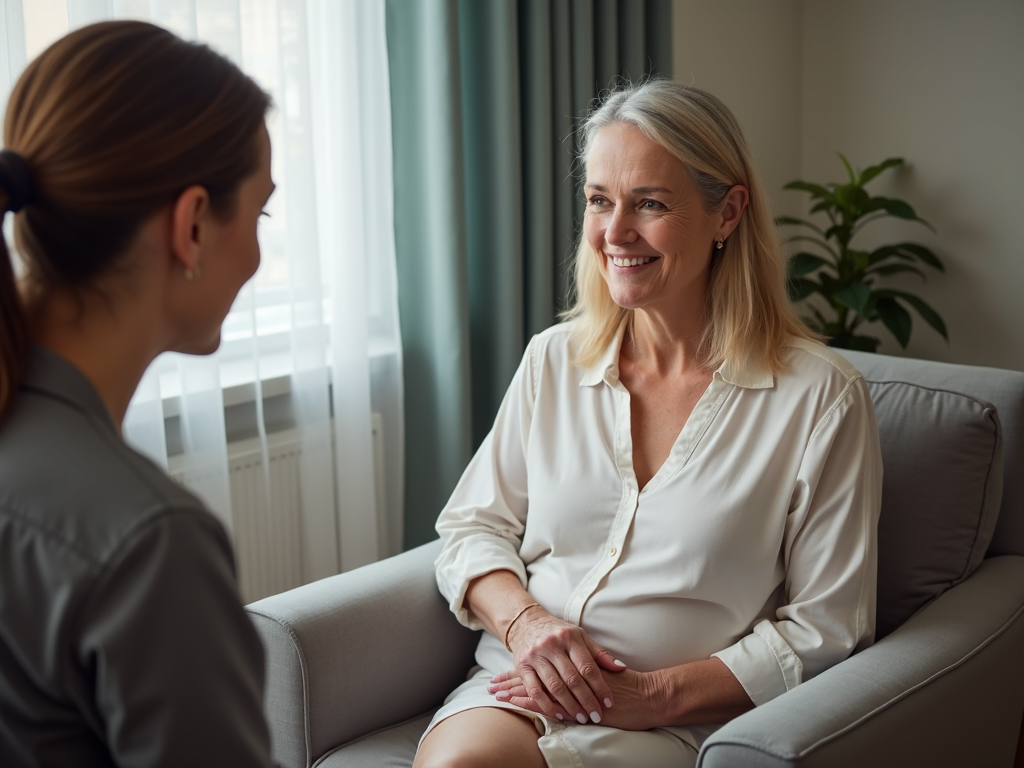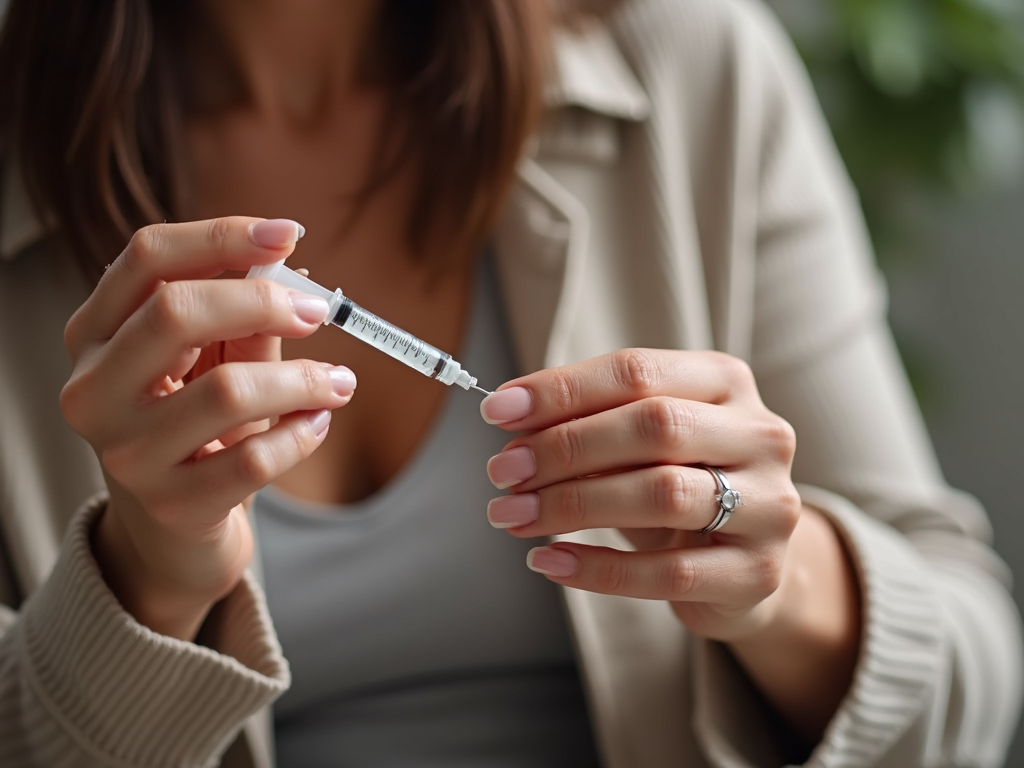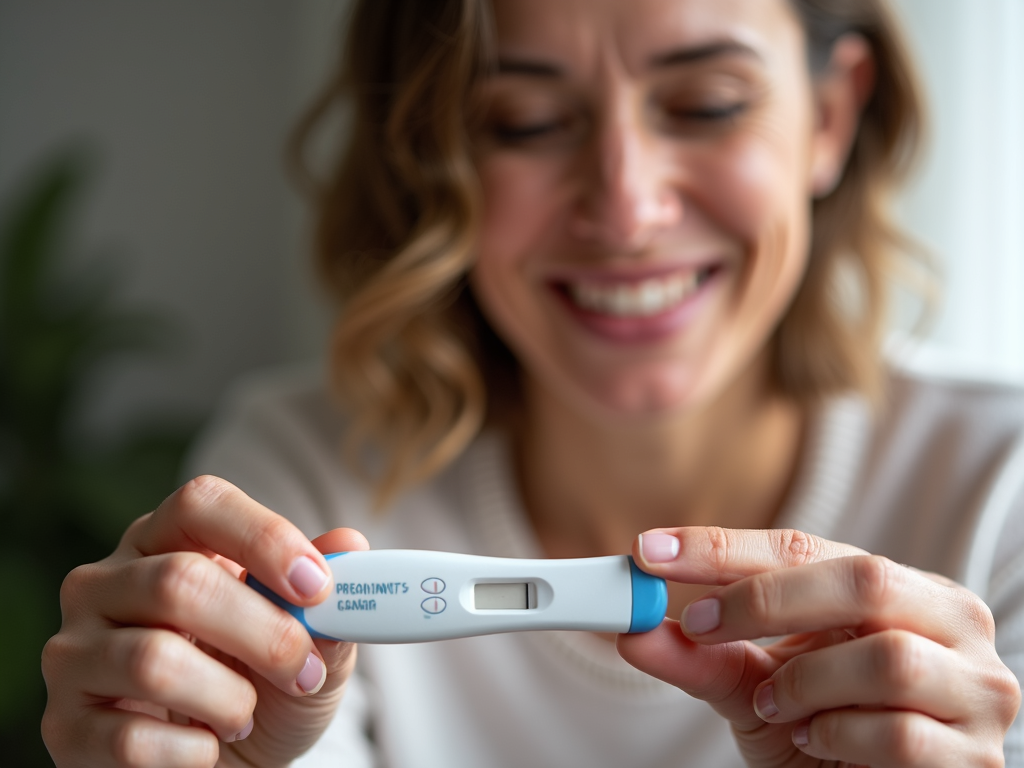Understanding Fertility Treatments: An Overview
June 13, 2025, 7:49 a.m.
Overview
Fertility treatments can feel overwhelming, especially for older women hoping to conceive. This article, Understanding Fertility Treatments: An Overview, dives into the essentials, with a special focus on ovarian stimulation. We’ll break down what it is, how it helps, and why it matters for women facing infertility.
What Are Fertility Treatments?
Fertility treatments are medical options that help people start a family when natural conception isn’t working. These can range from simple medications to advanced procedures like in vitro fertilization (IVF). For older women, treatments often tackle age-related challenges, such as fewer or lower-quality eggs. That’s where ovarian stimulation comes in—a key step in many fertility journeys.
Ovarian stimulation encourages the ovaries to produce multiple eggs in one cycle. Normally, a woman releases just one egg per month. But with fertility treatments, more eggs mean more chances for success. This is especially important for women over 35, as fertility drops with age.

How Ovarian Stimulation Works
Ovarian stimulation uses medications, like hormone injections, to boost egg production. These drugs, often gonadotropins, are given daily for about 10-14 days. Doctors monitor progress with blood tests and ultrasounds to adjust the dose and timing. The goal? To collect several healthy eggs for fertilization.
For older women, this process can make a big difference. Aging reduces the number of eggs left—called the ovarian reserve. By stimulating the ovaries, women increase their odds of getting viable eggs. It’s not a magic fix, but it’s a powerful tool in fertility treatment.
Why It Matters for Older Women
Age is a major factor in infertility. After 35, egg quality and quantity decline sharply. By 40, the chances of conceiving naturally drop even more. Ovarian stimulation for older women helps bridge that gap, offering hope where time might feel like an enemy.

A Personal Perspective
Take Sarah, a 42-year-old I know. She’d been trying to get pregnant for years. After countless setbacks, her doctor suggested ovarian stimulation with IVF. The injections were tough, and the waiting was worse. But when she produced five eggs—and one became her son—it felt worth it.
Then there’s Maria, 38. After multiple miscarriages, she learned her ovarian reserve was low. She went through two rounds of ovarian stimulation. The first failed, but the second gave her twins. These stories show the emotional rollercoaster—and the real hope—behind fertility treatments.
Benefits of Ovarian Stimulation
The biggest perk? More eggs, more opportunities. For older women, this can tip the scales toward success. It’s often paired with IVF, where eggs are fertilized in a lab. According to the American Society for Reproductive Medicine, IVF success rates for women over 40 hover around 10-15% per cycle with their own eggs. Ovarian stimulation boosts those odds.

Challenges and Risks
It’s not all smooth sailing. Ovarian stimulation can cause bloating, mood swings, or headaches from the medications. There’s also a rare risk of ovarian hyperstimulation syndrome (OHSS), where the ovaries overreact, leading to swelling and pain. Multiple pregnancies—like twins—are another possibility, which can complicate things.
Emotionally, it’s a lot. The waiting, the uncertainty, the hope—it can wear you down. Older women may need several cycles, and each one tests your strength. Financially, it’s no picnic either. Treatments can cost thousands, and insurance doesn’t always cover it.
Realistic Expectations
Success isn’t guaranteed. Age still plays a big role. For women over 40, the Centers for Disease Control and Prevention (CDC) reports lower live birth rates with each passing year. But advances—like egg freezing or genetic testing—keep improving the outlook.

Beyond Ovarian Stimulation
Other options exist too. Egg donation uses eggs from younger donors, often raising success rates. Preimplantation genetic testing (PGT) screens embryos for health issues before implantation. These can complement or replace ovarian stimulation, depending on your needs.
Tips for the Journey
Start with a good fertility specialist—someone who listens. Ask about your ovarian reserve and what to expect. Build a support network; friends or groups can lift you up. And don’t shy away from the numbers—know the costs and success rates upfront.
Why It’s Worth It
Despite the hurdles, fertility treatments change lives. For older women, ovarian stimulation offers a shot at motherhood when nature says otherwise. It’s not easy, but for many, holding that baby makes every step worthwhile.

Summary
Understanding Fertility Treatments: An Overview shows how options like ovarian stimulation give older women a fighting chance against infertility. It’s a tough road—physically, emotionally, financially—but with the right team and realistic hopes, it can lead to joy. Explore more to find what fits your journey.